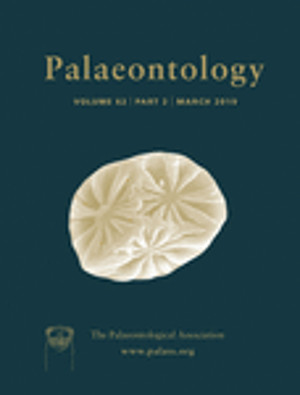Reg. Charity No. 1168330

The hierarchical structure of biodiversity from a regional scale analysis has received much attention as an alternative approach to unravelling the principal drivers of biodiversification. To better understand the processes that control the diversification of Cambro‐Ordovician trilobite communities from the Argentine Cordillera Oriental, we explore patterns of occupancy and diversity trajectories at the local and regional scales through seven intervals (Furongian, loTr1, upTr1, loTr2, upTr2, Tr3 and Fl2–3), and across an onshore‐offshore profile. Our results indicate: (1) a decrease in regional diversity from the upper Tr2 onwards, mainly caused by a reduction in the number of rare taxa, coupled with stable beta diversity at regional scale and a constant rise in beta diversity in deep subtidal environments; (2) a higher proportion of regional diversity allocated to the within‐habitat beta component; and (3) that changes in gamma diversity are driven primarily by changes in alpha diversity during the Furongian–Tr3, whereas in the Floian, beta diversity seems to modulate regional diversity. These trends and associated patterns indicate increasing ecological differences among taxa, shifting from metacommunities where most taxa have similar ecological preferences or ‘Hubbell type’ to metacommunities with high niche differentiation or ‘Hutchinson type’. Interestingly, the timing of this shift coincides with the regional‐scale turnover between trilobite evolutionary faunas suggesting that the rise in niche differentiation among these genera may be related to the transition. Superimposed on this general trend, particular diversity structures can be understood in the light of metacommunity dynamics, such as dispersal limitation and mass effect.